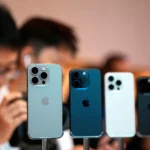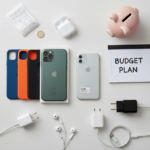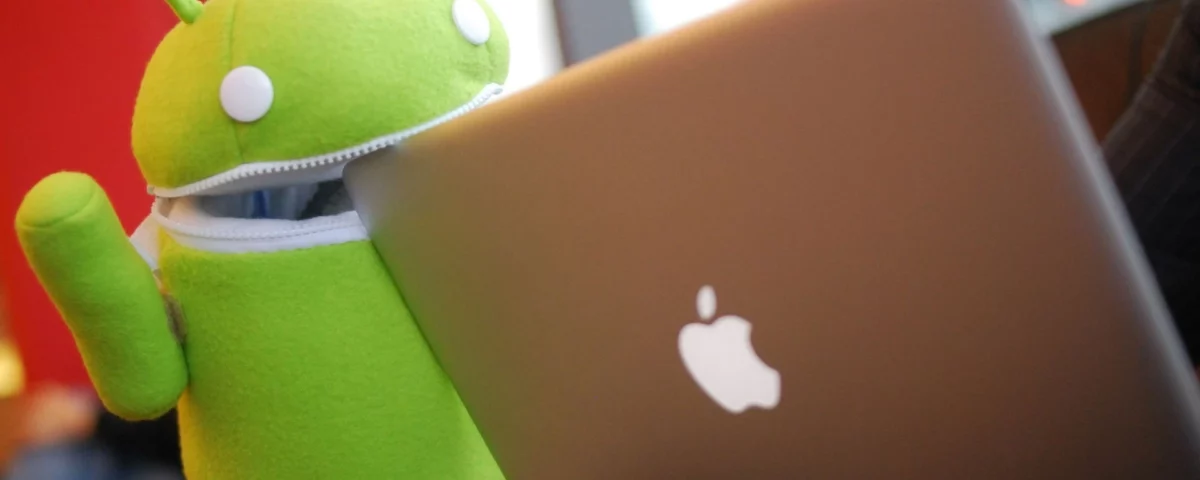


iPhone 16: The Next Frontier in Innovation with Apple Intelligence
November 25, 2025


Your Go-To Resource for Buying iPhones in Brampton
December 3, 2025These two giants–iOS and Android–are what most people consider in the mobile world. In unique ways, they both shape how we go about our daily interaction with our gadgets. They may both facilitate a similar set of functions, such as web browsing, application use, and communication, but each comes in different flavors that serve different user needs. Let’s deep dive into the core differences between these two giants on user interface, app ecosystem, customization options, security features, hardware compatibility, and overall user experience.
User Interface (UI)
Of the first things you are likely to notice when you’re using iOS or Android is, of course, the user interface. Apple’s iOS is often celebrated for its clean and minimalist design. The layout is consistent across devices, with similar icons and a pretty straight way of navigating. Features like the Control Center and Notification Center are designed to be easy to use, making it easy for anyone to jump in and start using their device without a steep learning curve.
Having an open nature, Android is much more flexible and varied in terms of user interface. It’s customized by the various manufacturers themselves, such as Samsung, Google, and OnePlus, so it comes in a wide array of looks and feels. For instance, Samsung uses its One UI, whereas Google has stuck with the traditional stock Android. The good thing about this personalization is that it affords personal preference in design. However, this could also be confusing to users who are changing brands.
The number of apps that both hosts is very big, but when it comes to ecosystems, the conceptual difference can easily be felt: the App Store is famous for its very selective review process, meaning generally high-quality apps run well on iOS devices. iOS often serves as the launch platform of choice for developers because iOS users really do spend more money on applications and in-app purchases.
On the other hand, the Google Play Store has more applications, with a lot of them free. But this openness usually creates greater disparities in application quality. You also have very innovative and niche applications, but there is a higher chance that you may download poorly designed applications and even malware.
Read Also: iPhone vs. Android: The Decade-Long Rivalry Shaping Our Technological Landscape
Customization
It’s in customization that Android truly shines. With it, one can turn pretty much everything around, from the layouts of the home screen and app icons to third-party launchers and widgets. Personalization like that makes it your own, tailored to your taste and needs.
iOS remains pretty locked down when it comes to how much you can really customize. Sure, Apple has opened up the OS somewhat with things like widgets and the ability to change some app icons, but these are relatively limited in number compared to the wide range of options possible under Android. The idea behind this design philosophy is to appeal to people who just want a more direct, consistent experience without having to deal with complicated settings.
Security and Privacy
Security and privacy are the central tenets in modern digital perspective. Generally, iOS scores well in strong security features it avails to the users. That Apple rolls out regular updates, a pernickety process of reviewing each app, and advanced security features such as Face ID and Touch ID makes iOS popular among people who are sensitive about their private data.
Android, while trying to catch up, is still struggling with its openness as well as device fragmentation. This means that it takes a while for security updates to pass from one manufacturer to the next. This can expose some phones to vulnerabilities as well. However, Google is really committed to making Android more secure by providing such services as Google Play Protect that scan malware.
Compatibility of Hardware
Another huge difference between the two is hardware compatibility. iOS only works with Apple devices, such as the iPhone, iPad, and iPod Touch. This tight integration makes it easy for Apple to polish the software and hardware experience into one that is seamless, creating an ecosystem in and of itself. Users who own multiple Apple devices will find the features-meaning Handoff-to transition between devices without a hitch.
That is in contrast to Android, which runs on a wide array of devices across a large number of manufacturers including but not limited to Samsung, OnePlus, and plenty more. The advantage of this diversity is that it offers users a wide breadth of choices, from the very affordable to highly expensive models. The downside is, it also makes the user experience quite different, depending on which device you end up using.
Overall User Experience
Which one you land up using is a matter of personal preference. If you want a more polished and harmonious experience, iOS is the better choice. If security isn’t a huge factor, it’s ideal, with the integrated ecosystem meaning those who are invested in several Apple products should stay inside.
It is ideal for that user who wants flexibility and personalization. More devices are available, and with the freedom to change almost any setting, it can make Android more tailored to your needs than iOS.
Conclusion
In a nutshell, both iOS and Android have their different strong points and flaws, attracting different types of users. Whether you are all about the simplicity and security provided by iOS or you’re more into the flexibility and personalization options of Android, knowing these differences will help one choose over the other for better suitability in his way of life. Both operating systems have their respective merits to offer, and such choices reflect your very individual needs and preferences.

